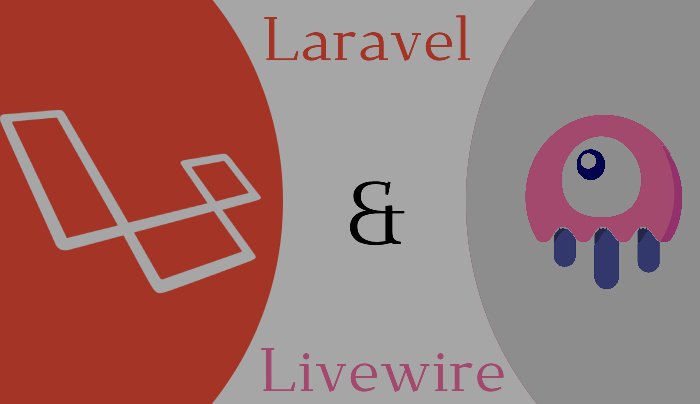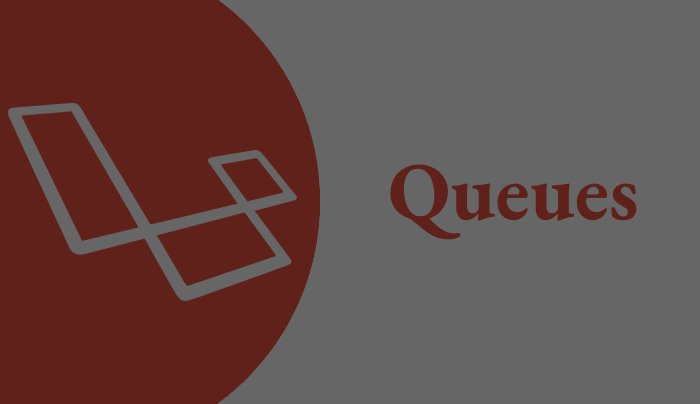Full Stack Track
A Comprehensive Guide to Full Stack Development
In today's rapidly evolving tech landscape, the role of a developer has become increasingly diverse. Full Stack Development is one such approach, which aims to cater to all aspects of web development. In this article, we will explore the various components that constitute Full Stack Development, discuss its benefits, and delve into practical aspects to help you master this skillset.
Components of Full Stack Development:
1. Front End Development
- This encompasses the user interface (UI) and user experience (UX) of a web application.
- It involves using HTML, CSS, and JavaScript to create interactive and visually appealing web pages
2. Back End Development
- This focuses on the server-side logic of a web application.
- It involves using a programming language (such as Python, Java, Ruby, JavaScript or PHP) to build and manage databases, process requests, and handle authentication and authorization.
3. Database Management
- This entails designing, creating, and managing databases to store and retrieve data.
- It often involves working with relational database management systems (RDBMS) such as MySQL, PostgreSQL, or Microsoft SQL Server.
Benefits of Full Stack Development:
1. Holistic Understanding
- As a Full Stack Developer, you will have a comprehensive understanding of all aspects of web development, which can enable you to make informed decisions and contribute more effectively to your projects.
2. Greater Employability
- Demand for Full Stack Developers is on the rise, which can lead to increased job opportunities and competitive salaries.
3. Flexibility and Adaptability
- As a Full Stack Developer, you will be able to work on both front end and back end tasks, which can offer greater flexibility and adaptability in your career.
Practical Aspects of Full Stack Development:
1. Choosing a Technology Stack
- When embarking on a Full Stack Development project, it is essential to select a suitable technology stack.
- This includes selecting a front end framework or library (such as React, Angular, or Vue.js), a back end programming language (such as Python, Java, Ruby, or JavaScript), and a database management system (such as MySQL, PostgreSQL, or Microsoft SQL Server).
2. Building and Managing a Database
- One of the key responsibilities of a Full Stack Developer is to design and manage databases to store and retrieve data efficiently.
- This may involve using SQL to write queries and optimize database performance.
3. Integrating Front End and Back End
- Full Stack Developers must also be proficient in integrating the front end and back end of a web application to ensure seamless user experience.
- This may involve using AJAX or fetch API to send asynchronous requests to the server, and working with JSON to transmit data between the client and server.
4. Deploying and Scaling the Application
- Finally, Full Stack Developers must be able to deploy their web applications and scale them to meet growing user demands.
- This may involve using tools such as Docker or Kubernetes to containerize the application and automate the deployment process.
Conclusion
Full Stack Development is a multifaceted skillset that demands a deep understanding of various web development technologies and practices. By mastering these concepts and continuously refining your skills, you can unlock numerous opportunities in the dynamic world of web development.
Recent Posts


.jpg)
.jpg)
.jpg)
.jpg)
.jpg)

 (1).jpg)
.jpg)